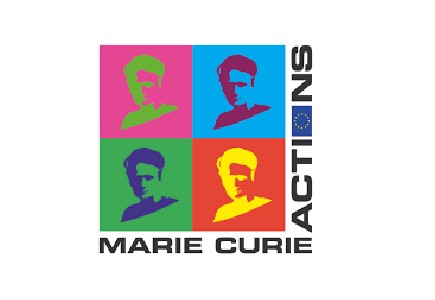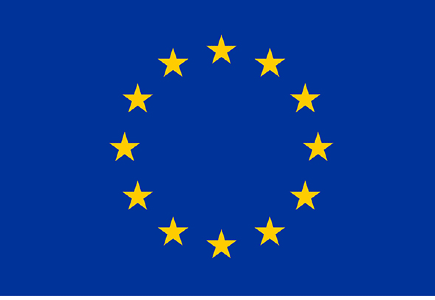The ambition of the MSCA Postdoctoral Fellowship “nanoHEAT” is to turn ultrathin, atomically precise materials into active platforms for steering heat at the smallest scales, exactly where modern electronics struggle the most. By integrating engineered two-dimensional materials such as graphene, hexagonal boron nitride, and selected transition metal dichalcogenides with conventional metals and semiconductors, nanoHEAT explores how interactions between light and matter can be used to conduct, insulate, and redistribute heat with a high degree of control while preserving device speed. The project develops predictive models that connect quantum and continuum descriptions of heat flow, identifies material combinations that unlock strong optothermal coupling, and proposes practical control knobs such as electrostatic gating, ultrafast optical excitations, and others. The goal is to chart clear design rules that researchers and industry can use to route heat on nanometer length scales.
In a broader perspective, reliable control of heat at the nanoscale is essential for greener, faster, and more sustainable technology, from data centers and mobile devices to power electronics and emerging quantum hardware. Today, a large fraction of the energy used in computation is lost as heat, which limits performance and lifetime. nanoHEAT brings together nanophotonics, quantum physics, and thermal engineering to deliver concepts that reduce this waste and stabilize operation. The work advances near-field radiative cooling and heating, harnesses polaritons supported by two dimensional materials to guide thermal energy along chosen paths, and outlines pathways for active tuning that adapt to changing loads in real devices. By translating fundamental insights into device level guidelines, nanoHEAT supports Europe’s transition to energy-efficient, next-generation technologies and strengthens the bridge between theory and experiment within the POLIMA environment.
In a broader perspective, reliable control of heat at the nanoscale is essential for greener, faster, and more sustainable technology, from data centers and mobile devices to power electronics and emerging quantum hardware. Today, a large fraction of the energy used in computation is lost as heat, which limits performance and lifetime. nanoHEAT brings together nanophotonics, quantum physics, and thermal engineering to deliver concepts that reduce this waste and stabilize operation. The work advances near-field radiative cooling and heating, harnesses polaritons supported by two dimensional materials to guide thermal energy along chosen paths, and outlines pathways for active tuning that adapt to changing loads in real devices. By translating fundamental insights into device level guidelines, nanoHEAT supports Europe’s transition to energy-efficient, next-generation technologies and strengthens the bridge between theory and experiment within the POLIMA environment.
More information about the project
The work is organized in three scientific tracks:
- Fundamentals of optothermal response in two dimensional materials. We will build compact models that relate geometry, surroundings, and available control inputs to heat generation, transport, and exchange at the relevant time and length scales. The focus is on simple and reusable descriptions that enable quick design choices without revealing implementation details.
- Radiative pathways for thermal management. We will identify conditions where electromagnetic exchange between closely spaced layers becomes a practical knob for cooling or heating. The aim is to define design rules and figures of merit that show when this route complements ordinary conduction in realistic device layouts.
- Guiding and redirecting heat at interfaces. We will explore strategies that favor directional flow along chosen paths and suppress unwanted spreading. Attention is placed on approaches that use modest external inputs to switch and steer the outcome while keeping energy cost low.
This section will be updated as the project evolves, with concise highlights added when milestones are reached and validated.
nanoHEAT has received funding from the European Union’s Horizon 2020 research and innovation programme under grant agreement No 101209876.



